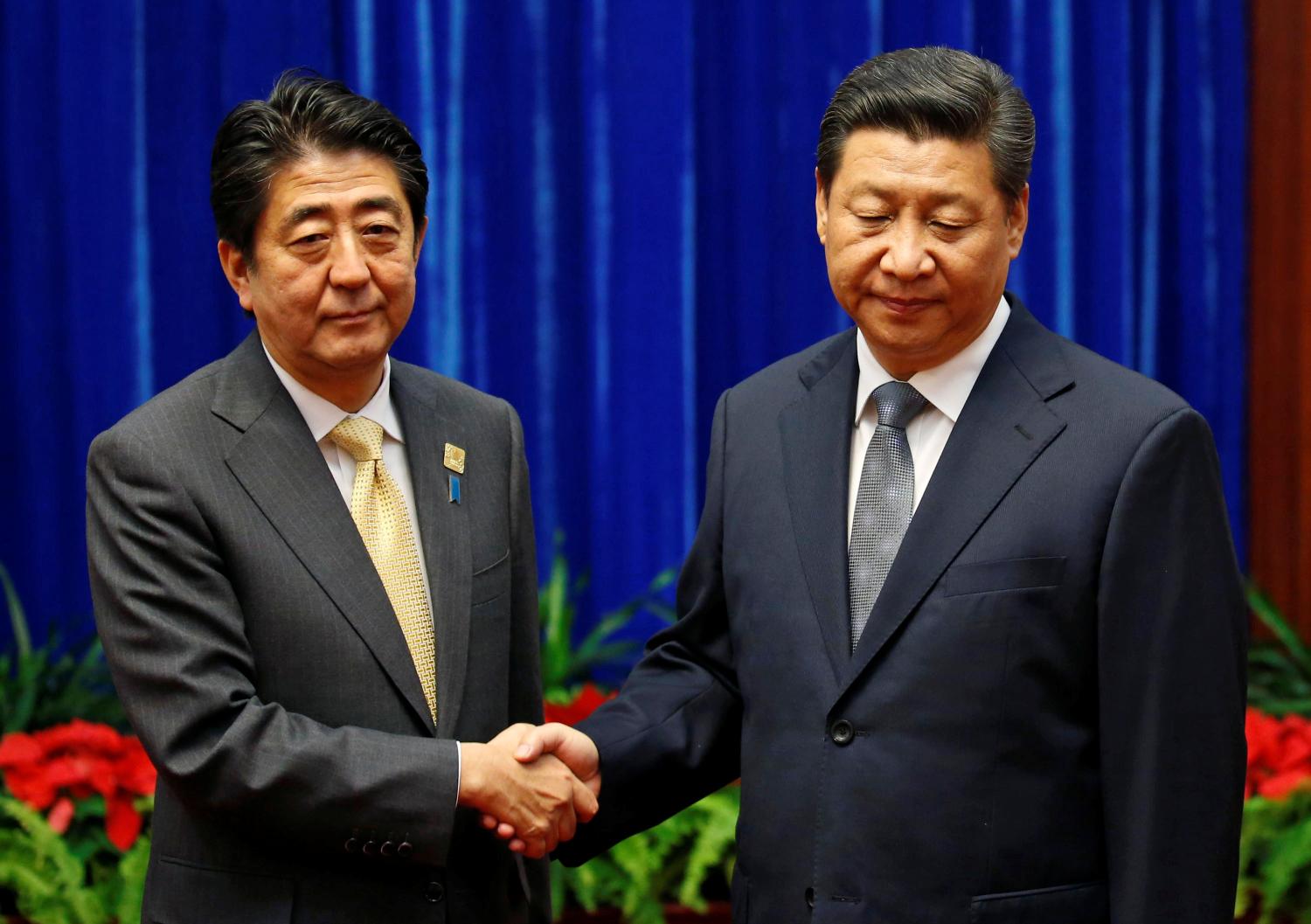Introduction
This study explores the effects of democratization on the transformation process of East Asian developmental states, focusing on financial reform in Korea and Taiwan after the Asian crisis.
Korea and Taiwan are regarded as typical examples of developmental states. Both countries experienced rapid growth under authoritarian regimes and have continued sustainable development after their transitions to democratic rule in the late 1980s. To varying degrees, Korea and Taiwan also share other similar characteristics such as Confucian culture, national division, small and open economies, high quality human resources, high interest in education, and slow processes of democratic consolidation with economic stagnation. As Cumings (1987) stated, when the two countries are compared to the rest of the world, the similarities are remarkable.
However, there are also salient differences between the two countries. Each has responded differently to the pressures of globalization, democratization, and informatization. Korea was severely hit by the Asian crisis, whereas Taiwan weathered the storm with relatively minor damage. The differences revealed through intra-regional comparison suggest that each country has followed path-dependent development. This is contrary to the argument that powerful forces for change applied across borders can overwhelm institutional inertia (Thatcher 2004).
How do we explain these different processes of development? The developmental model, which used to be an engine of growth in the past, is blamed as the main cause of the crisis. However, some argue that democratization limited the state’s role of promoting financial reform and new industrial policies, and made the East Asian economic structure vulnerable to external shocks. Though less academic attention has been given to the developmental model since the Asian crisis in 1997, the debate on the state’s role continues. Thus, the transformation of developmental states provides an interesting case in examining how internal and external pressures for change can be reconciled and how democracy can become public goods for development in some states, and public bads in others. The analysis of developmental states may also give us some clues regarding the issue of conversion versus diversion of the capitalist system.[1]
The relationship between democracy and economic development has been a perennial question for policy makers as well as scholars. Is democratization a panacea or a problem for reform? Are democratization and economic reform mutually supportive processes or in tension with each other? Both Korea and Taiwan face the daunting task of accomplishing democratic consolidation with economic growth, a task made all the more difficult—and important—by the economic crisis that began in late 2008. The introduction of democracy, however, can sometimes present obstacles for economic and political reform, and many new democracies tend to be fragile. The first objective of this study is to explore whether democratization in Korea and Taiwan has led to economic reform, focusing on the financial sector. The sustainable development of an economy can only be achieved through economic reform. The study of whether democratization is compatible with economic reform is therefore worthwhile.
Another very important point of interest is that, as noted above, the transformation processes in Korea and Taiwan have been considerably different. Why does democratization’s effect on the transformation process vary across countries, and across sectors within a country? How can we explain that the changes in developmental states sometimes follow the pattern of continuity, and sometimes do not? According to Przeworski (1993), it may be because political institutions do matter for development. Focusing on regimes, however, does not seem to capture the relevant differences among developmental states. The paths taken by countries with different levels of political-economic development vary across countries. East Asian developmental states have undergone substantial democratization largely as a consequence of rapid economic development. However, the path of democratization in one country is different from that in another, and the effects of democratization also vary. The second objective of this study is to explain why the reform process follows a “path-breaking” pattern in some developmental states, and a “path-dependent” and “non-reform” pattern in others.
This study focuses on the financial sector for two reasons. One is that significant reform in the financial sector has happened only recently, after the Asian crisis, in both countries. Thus it provides a good case study on how these new democratic systems respond to such massive external pressure for reform. The other is that the financial sector is the most rapidly expanding service sector. This paper extends the analysis to the recent development of the reform process in the newly expanding financial sector.[2]
This study may have three implications. First, it shows how forces for change such as globalization and democratization can be reconciled with political and economic reforms, and it explains why transformation processes vary across countries and sectors. Second, it provides a guideline on the management of the transformation process that can bring beneficial results and further development of East Asian countries, recognizing that modes of governance must be changed as democratization proceeds. Third, this study suggests that the leaders of developing states seeking to emulate East Asian countries must first understand their own social and economic structures and choose appropriate processes of social and economic transformation.
This study first provides a theoretical framework to tackle both objectives of this study—whether democratization has led to economic reform in Korea and Taiwan, and why seemingly similar states may follow very different paths of reform. After briefly introducing previous discussions on the relationship between democratization and economic reform and suggesting some additional complementary factors to understand the relations, I attempt to provide a unified framework to explain the comprehensive process of reform. Comparative analysis of Korea and Taiwan will then be presented in Sections III and IV as case studies of the theoretical framework, emphasizing their financial reforms. In each section, the process of financial reform is described and interpreted with respect to the relation between democratization and reform process, in support of the arguments in Section II. Section V provides a brief summary of this study.
[1] Some argue that modes of capitalism would converge along with globalization. But, according to the “varieties of capitalism” argument, different modes of coordination across states exist despite having the same system of capitalism. Coordinated market economies (CME) such as Germany show many differences as compared to liberal market economies (LME) such as the United States. As one comes to understand capitalism’s diverse modes of coordination, the argument of convergence to Anglo-American capitalism after recent globalization may be seen as somewhat hasty. Hall and Soskice (2001); Lim (2007).
[2] See Lim, Haeran, Korea’s Growth and Industrial Transformation, London: Macmillan Press Ltd. 1998, for a discussion of the transformation from light to heavy-chemical industries in the manufacturing sector, and Lim, Haeran, “Legacy of Developmental States: Industrial Policy and Governance in Korea and Taiwan,” presented at the Midwest Political Science Association, Chicago, April 2007, for an examination of the transformation of the information technology sector after democratization in Korea and Taiwan.
The Brookings Institution is committed to quality, independence, and impact.
We are supported by a diverse array of funders. In line with our values and policies, each Brookings publication represents the sole views of its author(s).



